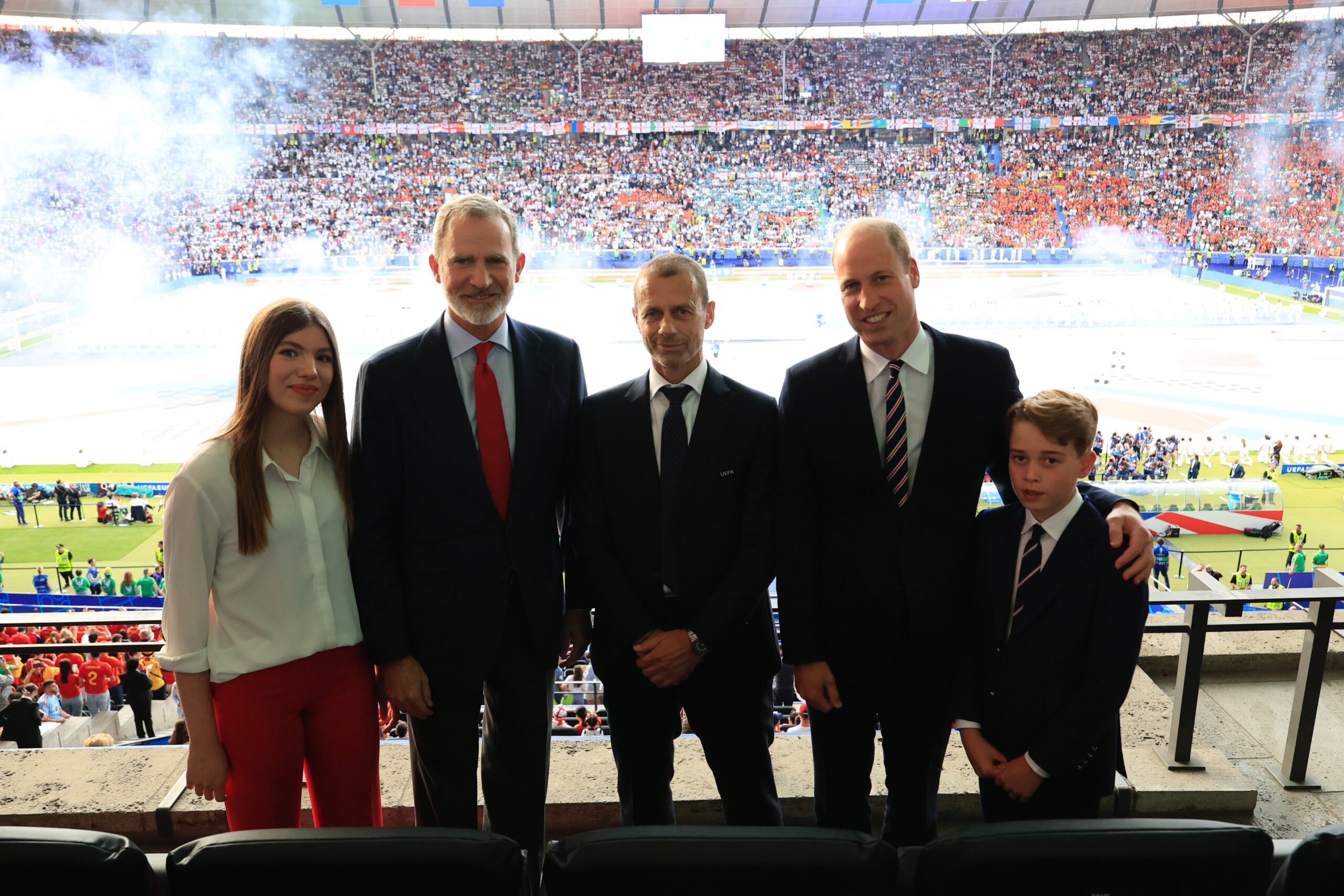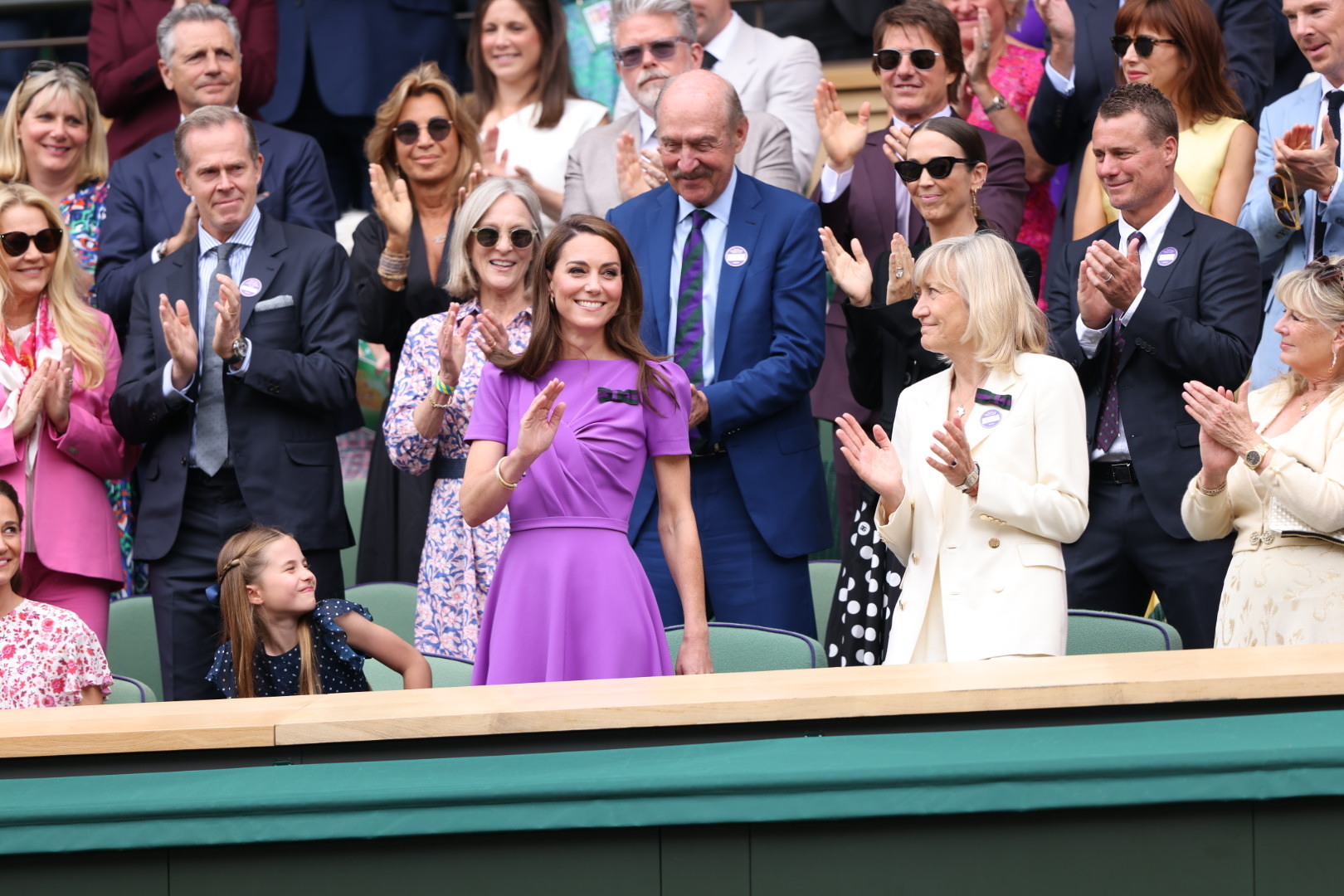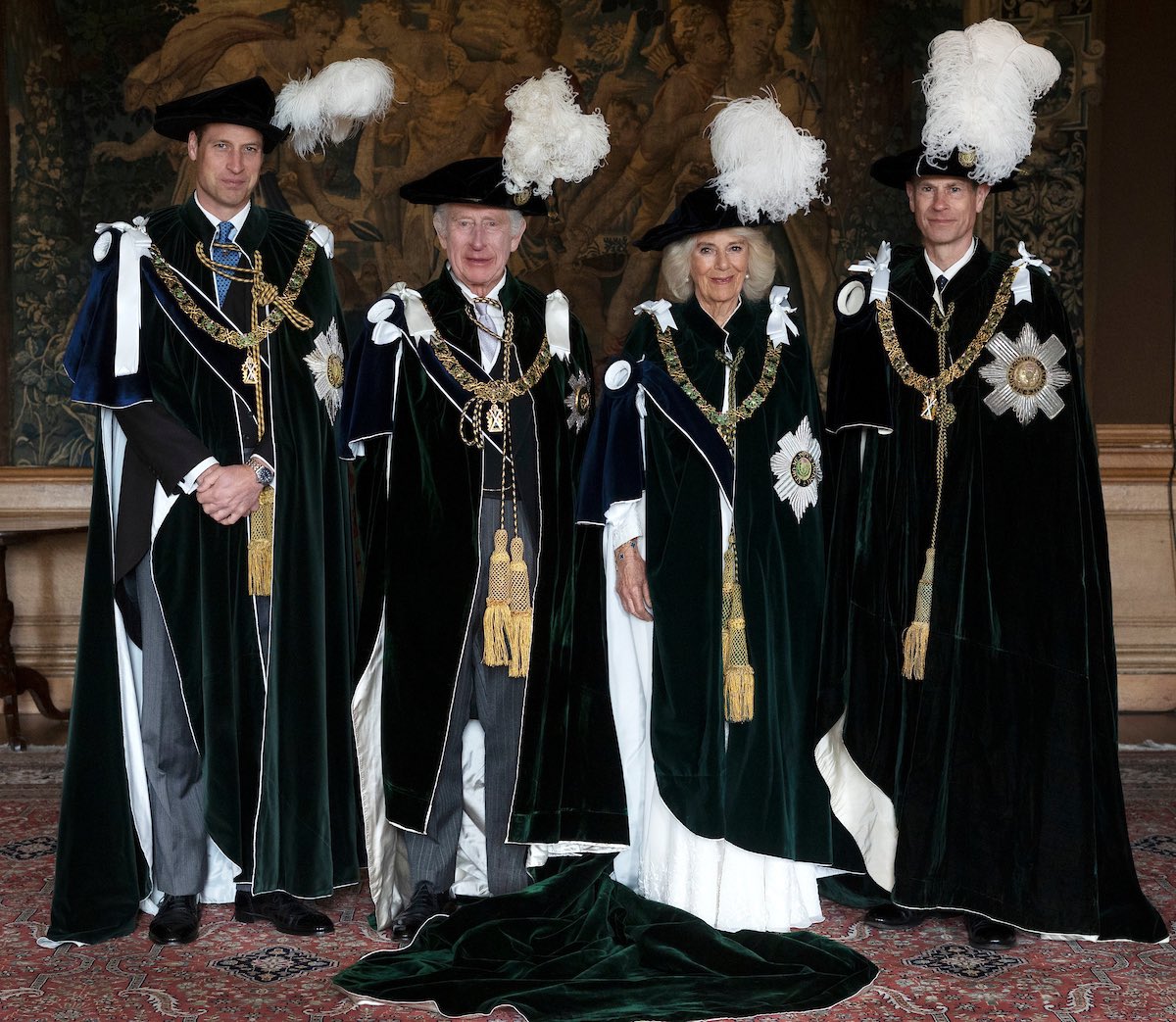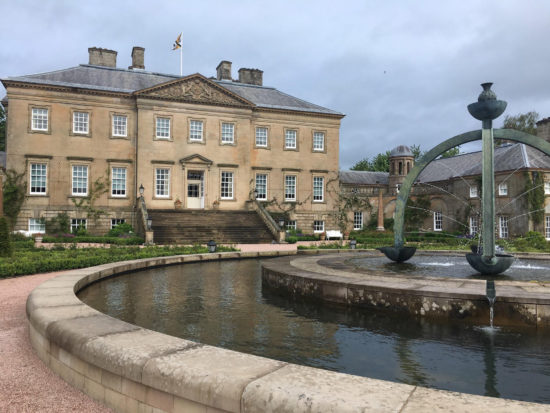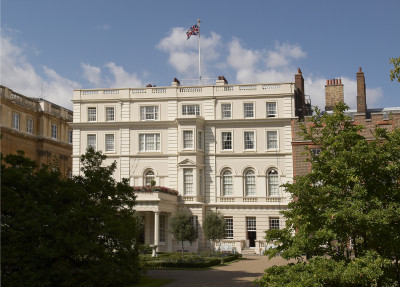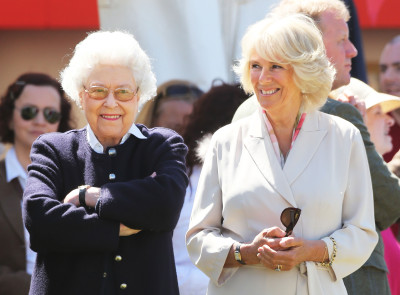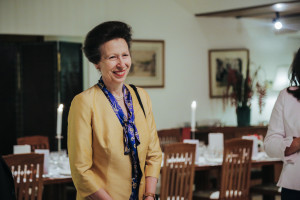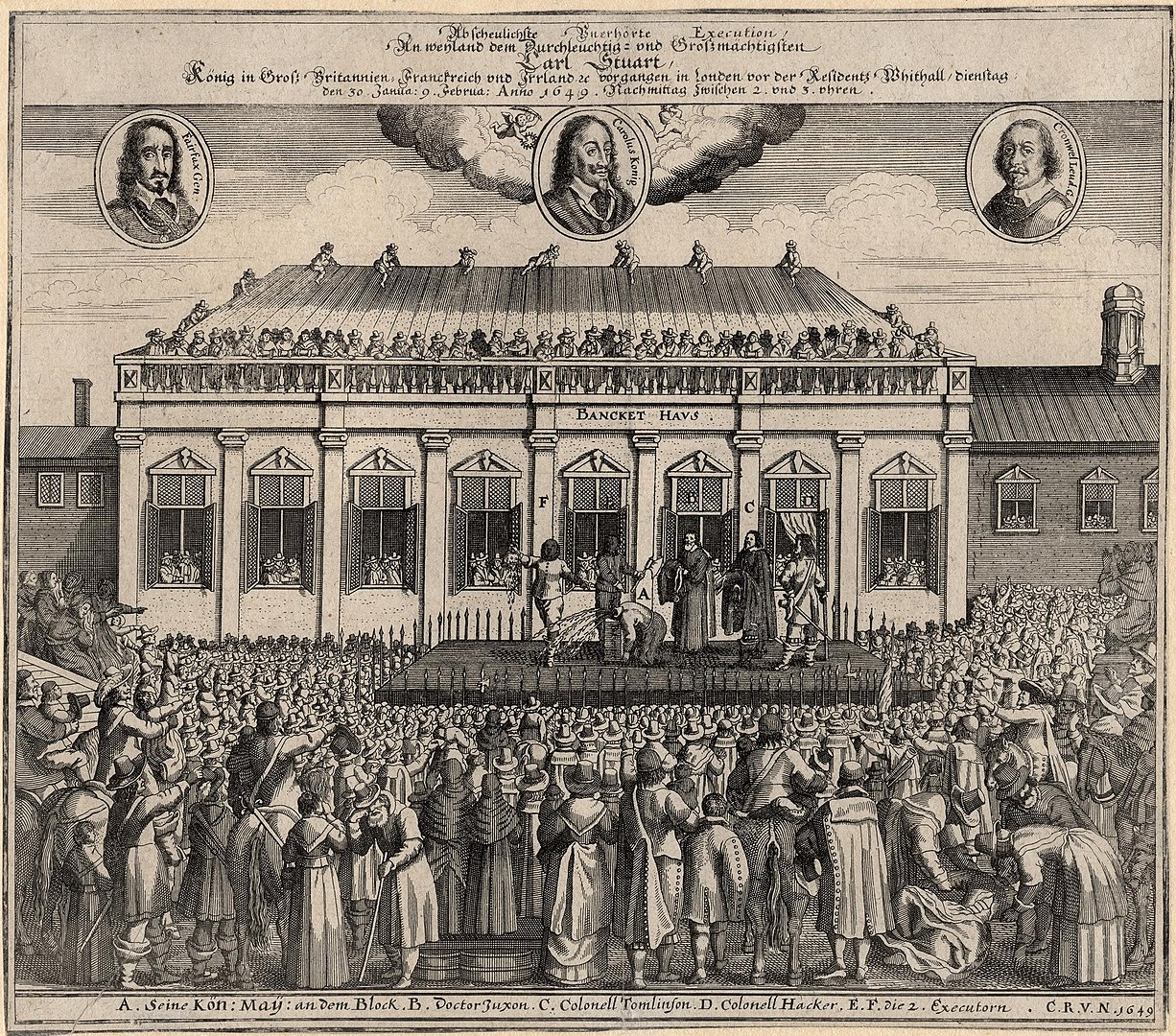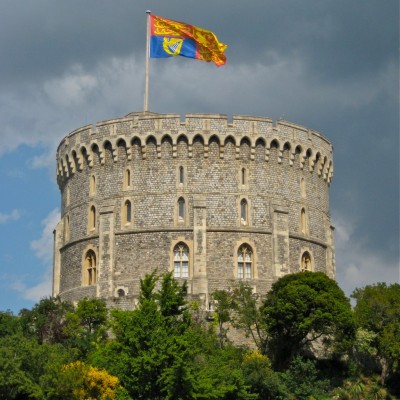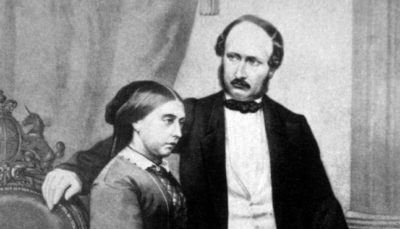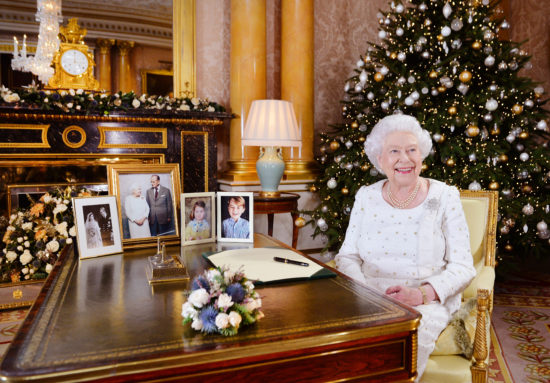Amidst the glittering beauty of some of the finest works of bejewelled art in the world, The Duchess of Cambridge made sure that she stood out.
Catherine was visiting her Patronage, The V&A Museum in London, to view their newest exhibition – ‘Fabergé in London: Romance to Revolution’.
The exhibition, which runs until May 2022, explores the relationship between Peter Carl Fabergé and the Anglo-Russian connection, which would lead to the opening of a Fabergé store in London in 1903.
The exhibition features over 200 items and includes the largest display of Faberg’s famous Easter Eggs in a generation.
52 of the eggs were commissioned by Russia’s Imperial Romanov family from to celebrate the sacred holiday in the early 20th century, but only 50 made it to the family. Today, only 43 eggs are thought to remain.
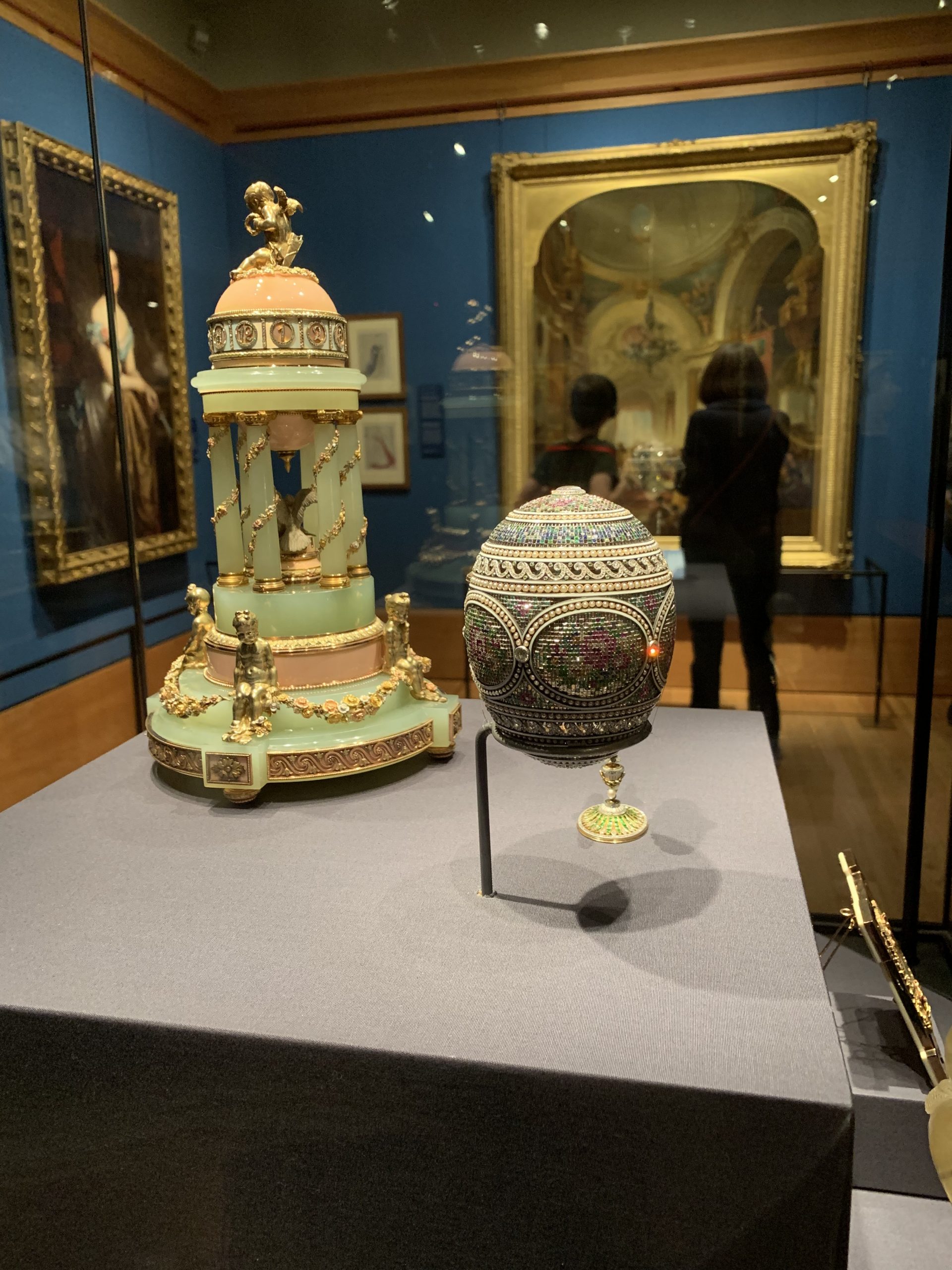
The Colonade and Mosaic Faberge Eggs on display in Edinburgh in 2019 (© Katie Balfe)
Some have never been shown in the UK before now. Three of the eggs – the Colonnade Egg, Basket of Flowers Egg, and the Mosaic Egg – are on loan to the Museum from the Royal Collection, of which The Queen has control.
The Duchess, who was an art history student, wore a mask as she was shown around the exhibit and told more about the work of Carl Fabergé and the Anglo-Russian side of his business.
She was shown the long lost Third Imperial Egg during her visit. The egg, which went missing in 1964, was only discovered in 2011 by a scrap dealer.
To @V_and_A to see the fabulous ’Fabergé in London: Romance to Revolution’ exhibition featuring many treasures on loan from the Queen and the Prince of Wales. Opens on Saturday: https://t.co/tZiMNxWXUO #FabergéinLondon pic.twitter.com/xKdJxBSwE6
— Majesty/Joe Little (@MajestyMagazine) November 17, 2021
Other objects on display include stone-laden brooches and tiaras, a cigarette case that was given to Edward VII by his mistress, Alice Keppel, and even figurines, showcasing the extent of Fabergé’s skill.
The firm rose to prominence in the late 19th century, with Carl having trained as a master goldsmith, and his work being showcased to the Tsar. 1885, Alexander III – impressed by his work – commissioned the House of Fabergé to make an Easter egg as a gift for his wife, Empress Maria Feodorovna (sister to the future Queen Alexandra).
Catherine has been Patron of the V&A since March 2018 and happens to be the first ever Royal Patron of the Museum.
A glimpse inside #FabergéInLondon – open today!
‘Don't miss this joyful, extravagant exhibition' ⭐⭐⭐⭐ (The Telegraph)
Best ticket availability from January – https://t.co/eU9VIsdDTi
Members go freeWith thanks to The Jewel Gallery
Supported by Pan Pacific London pic.twitter.com/6LMnYoZB2I— V&A (@V_and_A) November 20, 2021
It was first opened in 1852 as the Museum of Manufactures and was officially opened as the Victoria and Albert Museum by Queen Victoria herself on the 20th June 1857. The V&A is the world’s largest museum of applied arts, decorative arts and designs and houses a permanent collection of over 2.27 million objects.
Their newest exhibition, which opened only last month, will run until May. Tickets cost £18 and are available to purchase here. Photographs are not prohibited and masks are required throughout your visit unless you have an exemption.

